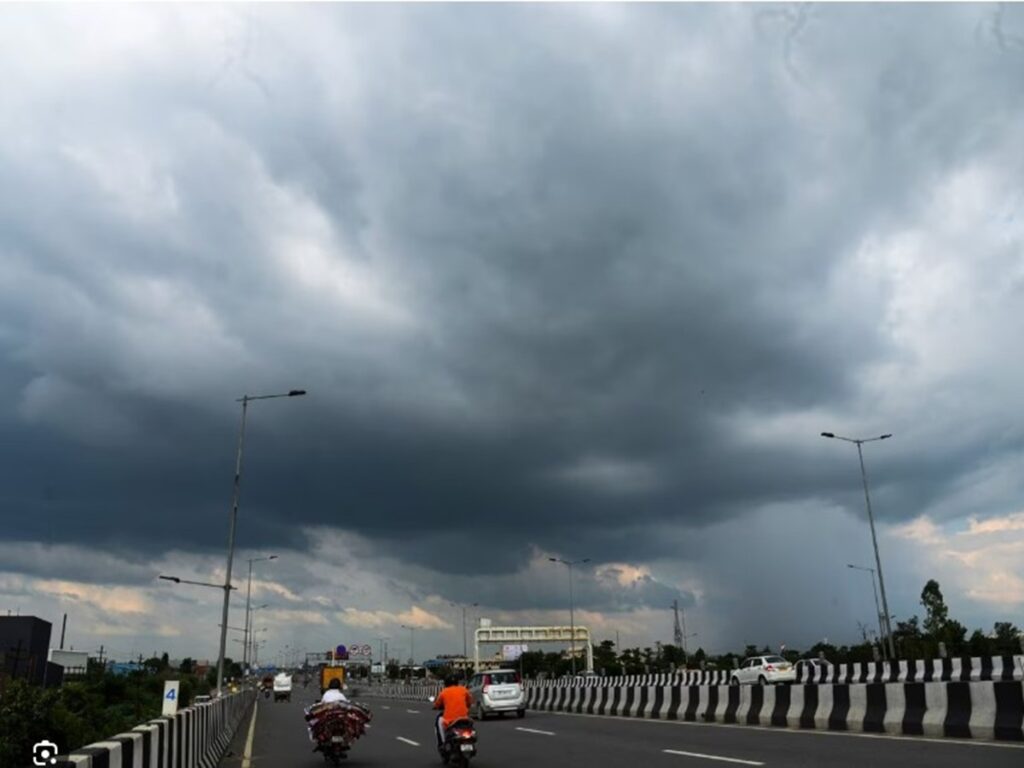A Promising Rainy Season Awaits India with Above-Normal Monsoon
New Delhi: The India Meteorological Department (IMD) has revised its long-range forecast for the 2025 southwest monsoon, predicting above-normal rainfall at 106% of the long-period average (LPA) from June to September, with a margin of error of ±4%. This is an upward revision from the earlier estimate of 105%, signaling a potentially bountiful season for farmers and water resource management.
Strong Monsoon Surge in June
The IMD forecasts a robust start to the monsoon, with June expected to see rainfall at 108% of the LPA. This early surge is likely to benefit kharif crop sowing, providing a much-needed boost to agriculture. Most parts of India are expected to experience vigorous rainfall, except for a few regions like Ladakh, the Northeast, and Tamil Nadu, where below-normal rainfall is anticipated. The IMD attributes this favorable outlook to neutral El Niño and Indian Ocean Dipole (IOD) conditions, which typically support healthy monsoon activity.
Temperature Trends and Regional Variations
While the monsoon’s arrival is expected to bring cooler temperatures across most of India, northwest and northeast regions may see above-normal maximum temperatures. The IMD notes that reduced Eurasian and Himalayan snow cover this year—historically linked to stronger monsoons—further supports the forecast for abundant rainfall. In northwest India, including Delhi, rainfall is projected to range between 92-100% of the LPA, falling within the normal category.
Mumbai’s Record-Breaking Rainfall
Mumbai has already witnessed an unprecedented early monsoon onset, arriving 16 days ahead of schedule on May 25, the earliest since 1950. The city recorded 106 mm of rainfall in a 24-hour period, with Nariman Point seeing a staggering 252 mm. This led to severe waterlogging, disrupting roads and even metro stations. The IMD highlights that this May was Mumbai’s wettest in 107 years and Delhi’s wettest since 1901, with 186.4 mm of rainfall breaking a 2008 record.
Delhi’s Weather Outlook
In Delhi, the IMD predicts cloudy skies, thunderstorms, and rainfall in the last week of May, accompanied by gusty winds of 30-50 kmph, potentially reaching 60 kmph. Minimum temperatures are expected to hover between 25-27°C, while maximum temperatures may range from 33-37°C. This follows a sudden 81.4 mm downpour last Saturday, marking May 2025 as a historic month for rainfall in the capital.
Impact on Agriculture and Water Resources
The forecast of above-normal rainfall is a boon for India’s agricultural sector, which supports 42.3% of the population and contributes 18.2% to GDP. With 52% of cultivated land dependent on monsoon rains, a strong season could enhance kharif crop yields, particularly for pulses, which the government aims to procure at minimum support prices to reduce imports. Additionally, improved rainfall will replenish reservoirs critical for drinking water and power generation, easing concerns after recent heatwaves strained power grids.
Scientific Insights and Forecast Accuracy
The IMD’s updated forecast leverages advanced dynamical models simulating ocean-atmosphere interactions, incorporating factors like Eurasian snow cover, which has a 33% correlation with monsoon performance. Since adopting a new forecasting strategy in 2021, the IMD has reduced its prediction error to 2.7% compared to 7.5% in 2017-2020. However, experts caution that early forecasts may still vary due to the inherent complexities of meteorological science, as noted by M. Ravichandran, Secretary of the Ministry of Earth Sciences.
Monsoon Dynamics and Early Onset
The early monsoon onset in Kerala and Mumbai—marking the earliest arrival since 2009 and 1950, respectively—does not guarantee a swift nationwide advance, as monsoon progression depends on regional and global climatic factors. Typically, the monsoon covers India by July 8 and begins retreating from northwest India by September 17, fully withdrawing by October 15. The absence of El Niño, which often weakens monsoons, and a neutral IOD bolster optimism for a robust rainy season.


